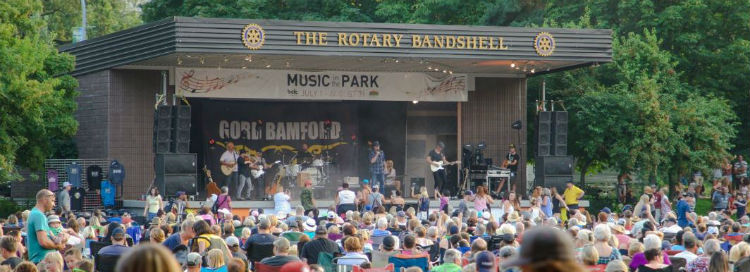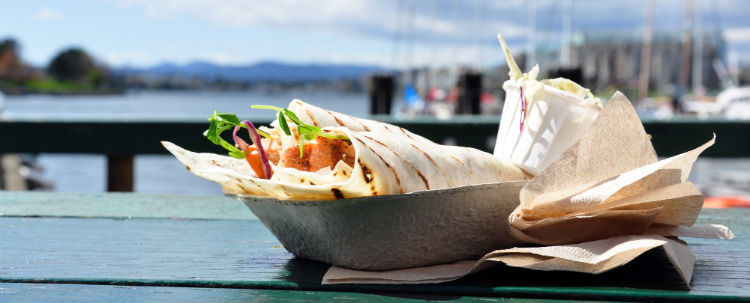Chinese immigrants have been integral to the development of British Columbia. Travellers from the Far East started arriving in 1788, and these days there are more than 40 historical sites connected to British Columbia’s Chinese community (as well as a Chinatown in both Victoria and Vancouver). Forty sites might be too much to get through on one holiday, so instead here are the top 5 Chinese historic sites in British Columbia that we’d recommend you visit first.
Vancouver’s Chinatown
We’ve blogged in detail about Vancouver’s Chinatown before, but it’s worth mentioning again. It’s the largest Chinatown in Canada and lies just east of Gastown. It’s a great option for an afternoon stroll while you’re staying in Vancouver thanks to its array of delicious Chinese restaurants and cafés, scenic gardens and historical monuments. Remember to read our previous blog to find the best spots!
Victoria’s Chinatown
The capital of British Columbia boasts the oldest Chinatown in Canada – and the second oldest in all of North America after San Francisco. It dates back to the mid-19th Century when there was a mass flux of Chinese miners emigrating north from California to what is now British Columbia.
Encompassing three blocks in downtown Victoria, Chinatown is centred on Fisgard Street. Some of the most notable sights include the famously narrow Fan Tan Alley, the old Chinese School and the Tam Kung Buddhist Temple, which is the oldest of its kind in Canada.
Cumberland Chinese Cemetery
There are a dozen Chinese cemeteries scattered across British Columbia but this one on Vancouver Island is the must-visit. Used as a cemetery since the late 19th Century, many of the remains were of Chinese immigrants who worked on the railroads and coal mines. In the town’s heyday, there was 1,500 Chinese residents and a Chinatown, built in 1888, which included housing and a restaurant that could seat 100 guests and serve 10-course meals.
However, in 1943 a fire destroyed most of the town and today it is now known as Coal Creek Historic Park – where you’ll find markers that include photos and the history of the buildings that stood on each site.
Quesnel Forks
While this might be a ghost town now, once upon a time it was home to the third-largest Chinese community in the province. You’ll find it where the Quesnel and Cariboo Rivers meet, and visitors can explore the restored pioneer buildings and historic cemetery.
Britannia Shipyards National Historic Site
Britannia Shipyards is an authentic representation of a once thriving community of canneries, boatyards, residences and stores. Many of the buildings date back to 1885 and tell the stories of its multi-ethnic residents (mainly Chinese, European, First Nations and Japanese). This includes the last surviving Chinese bunkhouse on the west coast – which is a 185-sqm (2,000-sq-ft) barn-like structure that once houses 100 Chinese workers.




